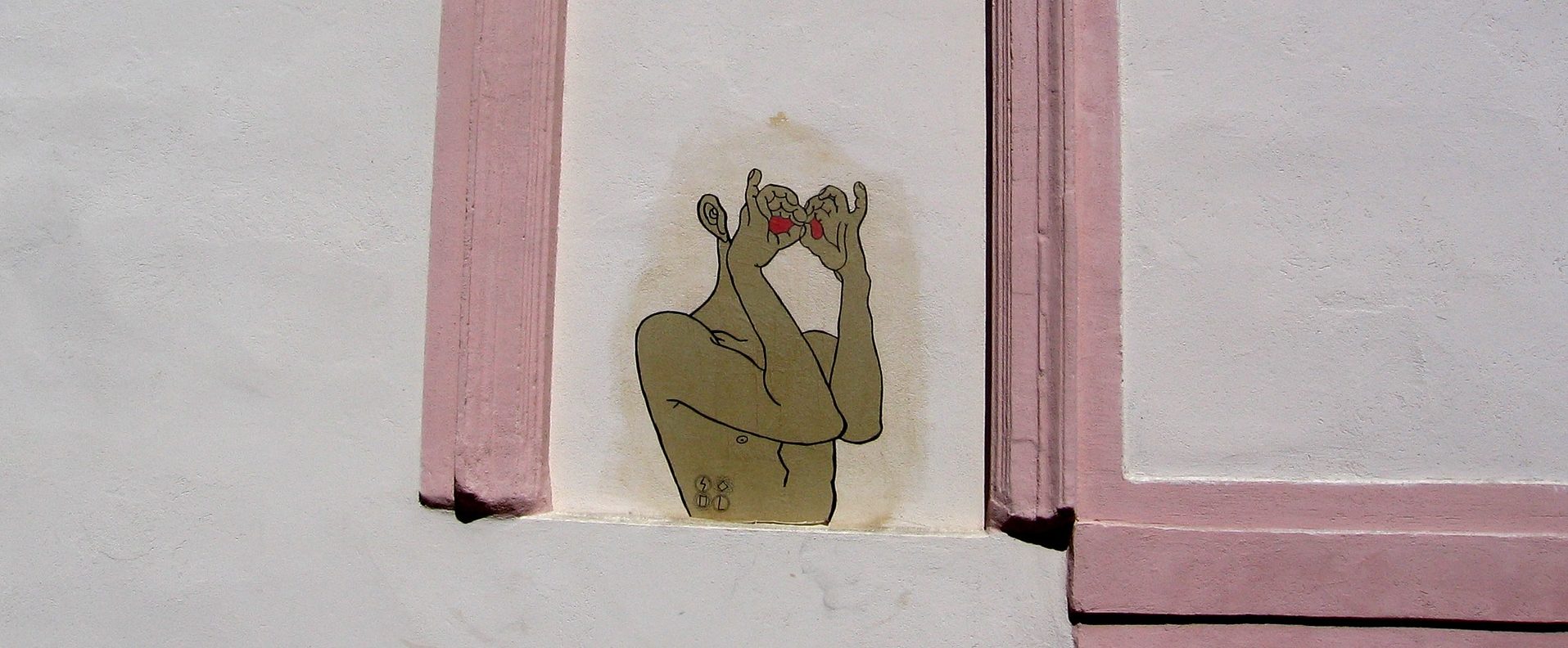Rapid warming of our atmosphere and climate, caused by unrelenting carbon emissions is resulting in rising sea levels, unlike any time in documented history. Rising sea levels threaten our natural environment and development in coastal areas, many of which are home to communities and integral parts of people’s livelihoods. This is no different for the State of Hawaiʻi.
Located in the middle of the Pacific Ocean, the State of Hawaiʻi comprises eight main islands, as well as a number of smaller islands that make up the Hawaiian archipelago. Because the entire State is surrounded by the ocean, it is uniquely vulnerable to the impacts of sea-level rise. Many of the State’s 1.4 million residents live, work, and/or enjoy recreational and cultural activities in low lying coastal areas. With a large portion of the State’s economy reliant on tourism, sea-level rise also threatens hotels and other economically vital tourism activities.
The State of Hawaiʻi can’t slow or stop sea-level rise on its own, but it can change the way it adapts to climate change. One of the most pressing issues government officials are trying to prepare for is adapting the transportation system to rising sea levels and increased flooding. According to the Hawaiʻi Sea Level Rise Vulnerability and Adaptation Report, approximately 38 miles of coastal roads will be chronically flooded within the sea level rise exposure area with 3.2 feet of sea-level rise. Hawaiʻi is expected to experience 3.2 feet of sea-level rise before the end of the century, with some scientists putting it as early as mid-century. Many of these coastal roads will flood, erode, become impassable, and potentially be irreparable. This puts many people at risk of losing their access to and from their communities, with the report estimating 19,800 residents displaced. These risks are exacerbated by additional coastal flooding associated with hurricanes, which are getting stronger and more frequent with our warming climate.
Because planning looks at the long-term vision of a place, it’s important that sea-level rise predictions be taken into consideration for planning efforts now. The State of Hawaiʻi Department of Transportation has taken the first step in the right direction, by completing the Statewide Coastal Highway Report. This report ranks the susceptibility of State managed coastal roads to erosion and structural degradation due to ocean hazards such as waves, currents, tides, and sea-level rise, and recommends adaptation strategies. These strategies include: relocate, protect, accommodate, monitor (no action), and/or a combination of the strategies listed. The strategies are discussed further, below:
Relocate:
Relocate is to move a transportation facility away from the ocean. In its place, green spaces or wetlands can be restored to establish or maintain freshwater buffer areas. This is a long-term strategy, as the road is moved away from the ocean hazards. This is, however, possibly the most difficult strategy to employ due to land ownership challenges, displacement of people, homes, businesses, etc., and the costs associated with those challenges.
Protect:
Protect includes strategies that help to keep water out. These strategies include hard structures, such as seawalls or revetments, or soft (natural) approaches such as a dune, or beach nourishment. Though these strategies are significantly cheaper than the relocation of transportation facilities, they are a more short-term approach, and may also exacerbate coastal erosion.
Accommodate:
Accommodate includes strategies such as the elevation of the road, flood control improvements, and the enhancement of wetlands, and other natural environments. Again, although these approaches are cheaper, they represent a more short-term approach to sea level rise concerns.
Monitor:
Monitor is to take no action, and instead to periodically monitor the site.
The report makes recommendations on adaptation strategies based on social, technical, administrative, political, economic, and environmental considerations. Further studies are needed to develop project costs and to study the feasibilities and alternatives of the strategies recommended.
One such study that my organization [Oʻahu Metropolitan Planning Organization] is currently working on is the realignment of Farrington Highway at Mākaha Beach. The purpose of the study is to identify potential alternative locations for realignment, or other solutions and develop a consensus among stakeholders regarding the suitable solution(s). This particular portion of the highway suffers from beach erosion and wave overtopping during the high surf season, and is expected to experience these threats to a greater extent and more frequently, due to rising sea levels.
This portion of Farrington Highway provides the only access between communities living Northwest of the highway, and the rest of the island. Those communities are approximately 23% Native Hawaiian (one of the highest concentrations in the State), which is Hawaiʻi’s indigenous population. Many residents in this neighborhood fall into the category of Title VI and Environmental Justice populations, with the majority of people identifying as non-White and 21% of residents living below the State poverty line (one of the highest concentrations in the State).
As part of this study, my organization [Oʻahu Metropolitan Planning Organization] has just completed the existing conditions report, which looks at the transportation, environmental, and cultural assets of the study area. At the moment, the study is on pause due to COVID-19, as our next steps would include in-person engagement to recruit members of the public for a community advisory group. This group would assist in providing feedback throughout the study process. We’re looking forward to developing alternative locations for realignment and other solutions, with the community advisory group and other stakeholders, to improve the safety and livelihoods of those living in the community and others who use the area for recreation.
The final report from the study will include vital information about the recommended highway realignment location and/or other solutions that stakeholders have come to a consensus on, and their cost estimates. This information will make the solution(s) more viable for funding and construction and is a crucial step in the planning process.
The question on everyone’s mind now, is how will the State of Hawaiʻi pay for the urgent adaptations, in what order, and when? With sea-level rise and flooding increasingly worse every year, the topic is always addressed, but a plan has yet to be put in place to implement these adaptation strategies.
What we do know for sure, is that a resilient transportation system will require a coordinated effort. Preparing and protecting the State’s transportation infrastructure for climate change is a complex and large-scale challenge that will require unprecedented shifts in policies and coordination, including innovative funding mechanisms, among State and City agencies, the Federal Government, private sector, and non-profit groups.
Re-watch on Youtube our webinar Planning for Sea Level Rise
Read more:
Viktor Rözer and Swenja Surminski (2020), New build homes, flood resilience and environmental justice – current and future trends under climate change across England and Wales, Working paper for The Centre for Climate Change Economics and Policy (CCCEP), and The Grantham Research Institute on Climate Change and the Environment (LSE).



